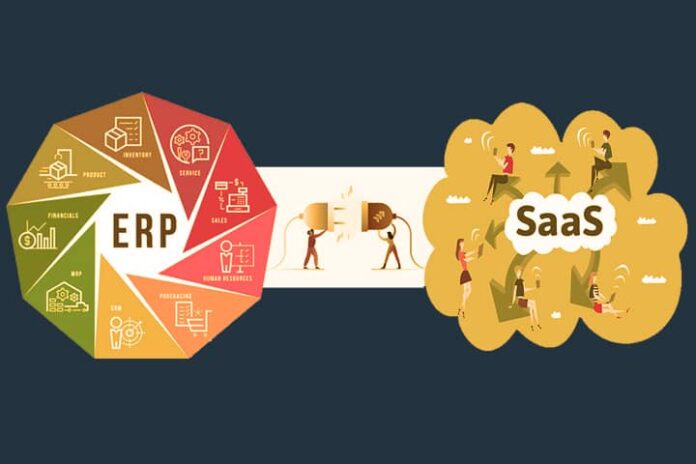Implementing an ERP and doing it in the cloud or in SaaS mode was already part of the priorities of many SMEs before the outbreak of the COVID-19 crisis. Companies whose vision of the future has been necessarily conditioned by the need to implement urgent measures and solutions that allow them to face the exceptional situation we are experiencing. For this reason, it is convenient to remember some of the reasons that make ERP in SaaS a more than effective alternative to operating remotely.
Before thousands of small and medium-sized companies in our country had to rapidly adapt their operating models to remote work, many organizations were already targeting this type of technological exploitation. For this reason, I find it interesting to compile some of the main reasons why ERP in SaaS mode was already on the list of objectives of many SMEs even before the measures to accelerate the containment of the epidemic came into force.
Flexibility and Scalability
Investing in the purchase of a license or in-house hosting of an ERP involves a large financial outlay and a long-term commitment to technology and a provider that may not always be advantageous. Both the cloud and Software as a Service eliminates long-term commitments and provide the flexibility SMBs need to change, expand, or cut functionality.
The SaaS, as a model of commercialization and technological exploitation, allows companies to have more or fewer functionalities if their needs change.
Remote Access
To maintain competitiveness levels in an exceptional situation like the one we are experiencing, an SME needs to be able to make its digitization effective and real. In most cases it has.
Facilitating online access to the organization’s ERP system has been essential to be able to continue sending budgets, manage inventories, control and analyze income and payments, collections and payments, etc. However, by having the ERP in SaaS mode, users can continue to do their work, from day one, in the same way as if they were in front of their office computer.
Security as a Service
The fact of being able to access from anywhere and at any time may sound more, at increased risk than protection guarantees. However, subscribing to an ERP in SaaS also implies subscribing to a service in the Cloud with the very high levels of security that cloud systems offer.
Cloud technology providers, by the very nature of their businesses, are in a better position to provide greater security since they are specialized in offering, not only servers but also security as one more component of their services. This is what makes your investments in cybersecurity solutions, in advanced monitoring tools, or in data duplication systems so high, much more than any SME could invest.
But, in addition, ERP providers in SaaS have defined and practiced effective action models to face large-scale attacks, which allows them to be more and better prepared in the event of a possible emergency situation. Operating with an ERP in SaaS also implies automatically having all the security patches and updates that are published, which increases the level of protection of the system, also, automatically.
Innovation and Continuous Improvement
It is quite frequent that companies want to incorporate new functionalities into their management platforms, but they are putting it off because they never find the right time. Updates, when we talk about a SaaS system, are simple and are automatically incorporated. In an on-premises ERP, upgrades sometimes involve a new implementation that leads to hours of downtime.
This does not happen with the updates of an ERP in SaaS, which is introduced regularly, usually, there is usually a minor update every three months and a new version of the system every year. The constant update of functionalities, security, and the correction of errors, will help SMEs not only to operate remotely but also to stay at the forefront of innovation.


